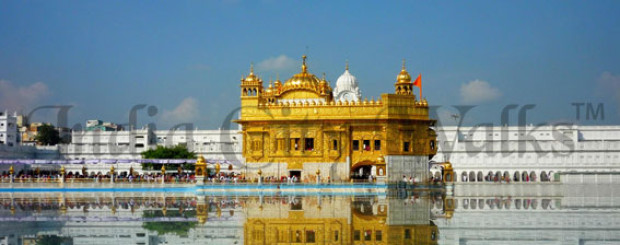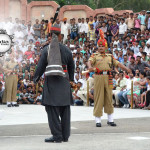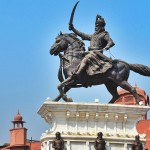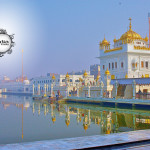The Holy City
Amritsar, is the home to the Harmandir Sahib or the Golden Temple, the spiritual and cultural center for the Sikh religion. This important Sikh shrine attracts more visitors than the Taj Mahal with more than 100,000 visitors on week days alone and is the most popular destination for non-resident Indians (NRI) in the whole of India. The city also houses the Sikh temporal and political authority, Akal Takht, as well as the Sikh Parliament.
The main commercial activities include tourism, carpets and fabrics, farm produce, handicrafts, service trades, and light engineering. The city is known for its rich cuisine and culture, and for the Jallianwala Bagh massacre in 1919 under British Rule. Amritsar is home to Central Khalsa Orphanage, which was once a home to Udham Singh, a prominent figure in the Indian independence movement.
Amritsar is one of the largest cities of the Punjab state in India. The city origin lies in the village of Tung, and was named after the lake founded by the fourth Sikh Guru Ram Das in 1574 on land bought by him for 700 rupees from the owners of the village of Tung. Earlier, Guru Ram Das had begun building Santokhsar Sarovar, near the village of Sultanwind in 1564 (according to one source in 1570). It could not be completed before 1588. In 1574, Guru Ram Das built his residence and moved to this place. At that time, it was known as Guru Da Chakk.






































